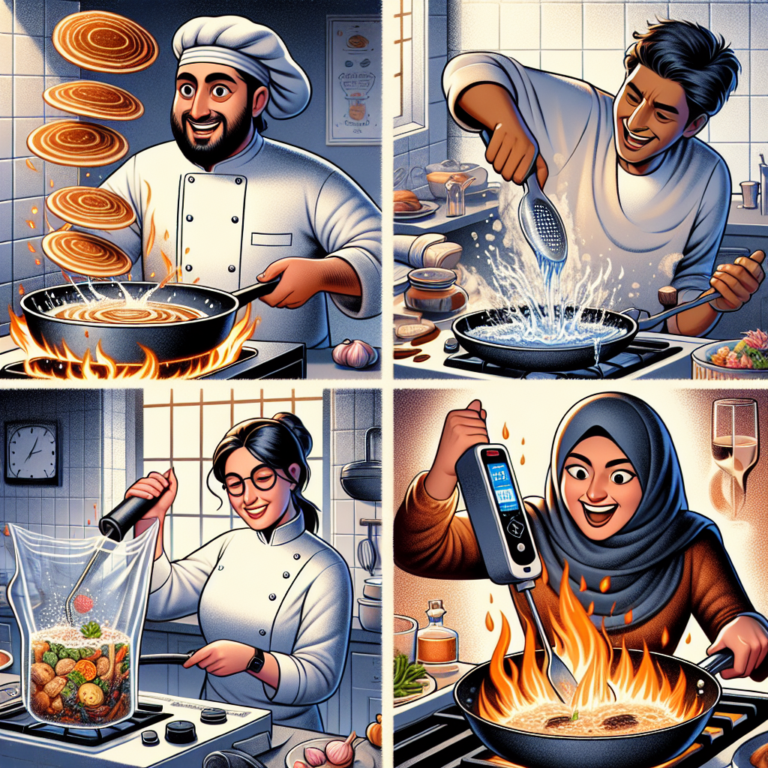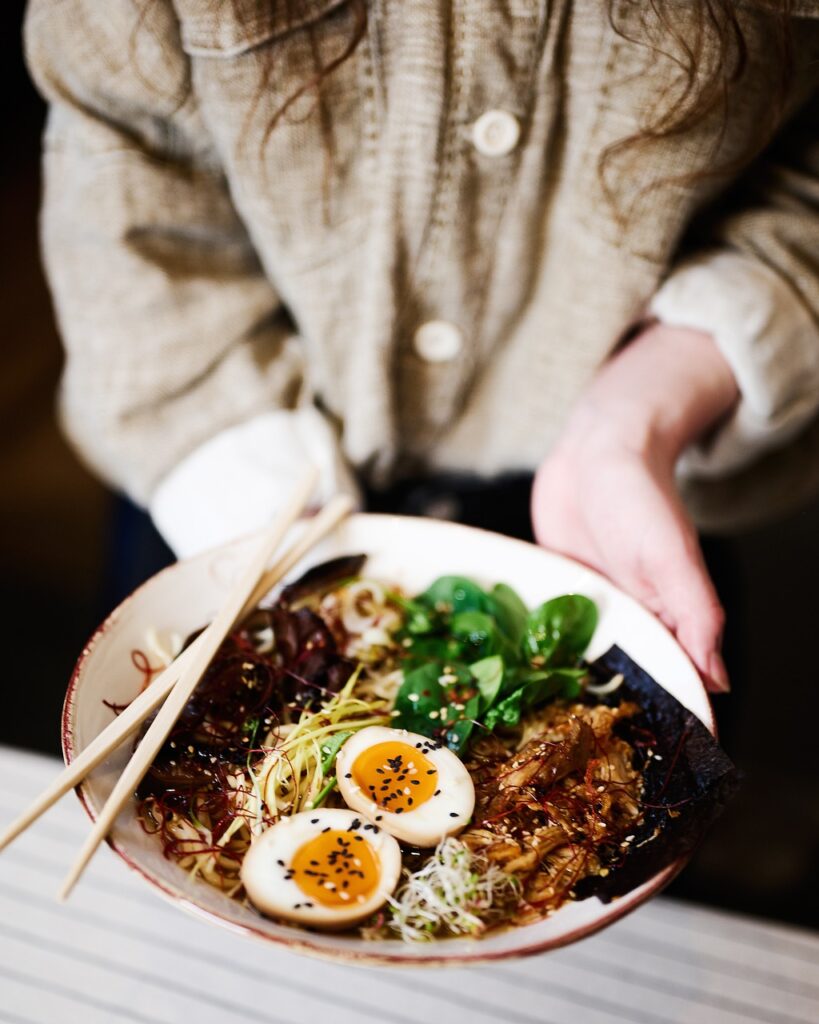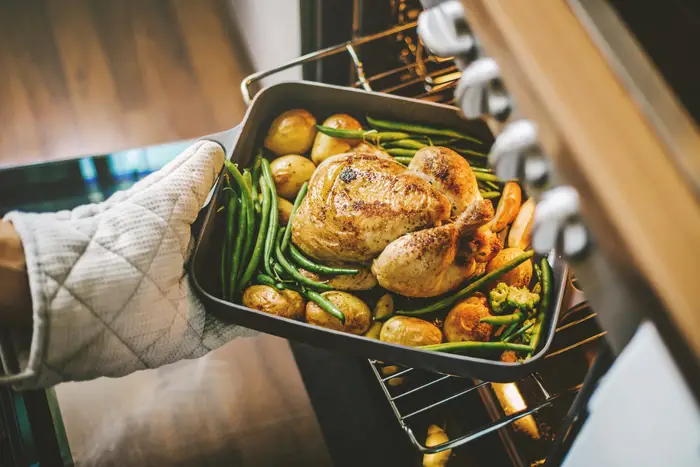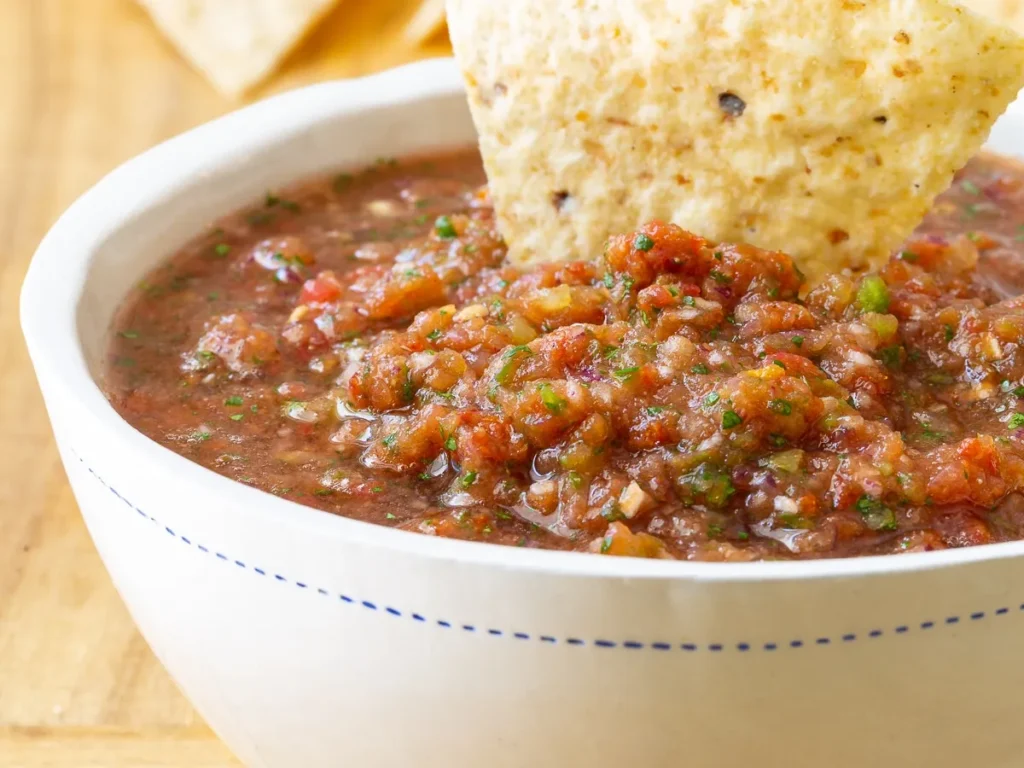Cooking is an art, and like any art, it evolves with practice and knowledge. Advanced cooking techniques can transform simple ingredients into culinary masterpieces. Whether you’re a home cook looking to impress or a professional chef eager to refine your skills, understanding and mastering these techniques is key to elevating your dishes.
In this guide, we’ll dive into some sophisticated cooking methods that go beyond the basics. Get ready to expand your culinary repertoire and bring your cooking to the next level.
Exploring Advanced Techniques
The world of cooking is vast and varied, with each technique offering a unique way to enhance flavor, texture, and presentation. Here are some advanced cooking methods that can make your dishes stand out.
Sous Vide: Precision and Perfection
Sous vide, French for “under vacuum,” involves cooking food in a water bath at a precise temperature. This technique requires a sous vide machine or immersion circulator, which heats the water and maintains the temperature throughout the cooking process.
The food, typically meat or vegetables, is sealed in a vacuum bag and immersed in the water bath, resulting in evenly cooked dishes with optimal flavor and texture. Sous vide is perfect for achieving that perfectly medium-rare steak or tender vegetables that retain their vibrant colors.
Smoking: Infusing Rich, Smoky Flavors
Smoking is a technique that not only cooks the food but also imparts a distinctive smoky flavor. It’s commonly used for meats like brisket, ribs, and fish. There are various types of smokers available, from traditional wood-burning to electric and gas-powered.
When smoking food, it’s important to consider the type of wood, as it will influence the flavor profile. For example, hickory provides a strong, bacon-like taste, while applewood offers a sweeter, milder flavor. Smoking requires patience, as it can take several hours, but the end result is well worth the wait.
Braising: Coaxing Out Deep, Complex Flavors
Braising involves cooking food slowly in a small amount of liquid, typically in a covered pot or Dutch oven. This method is excellent for tougher cuts of meat, as the slow cooking process breaks down connective tissues, resulting in tender, flavorful dishes.
The key to successful braising is to sear the meat first, creating a caramelized crust that adds depth to the dish. Then, the meat is simmered with aromatics and a flavorful liquid, such as broth or wine, until it becomes fall-apart tender.
Cooking Techniques for Meat
Meat is a versatile ingredient that benefits greatly from advanced cooking techniques. Here’s how you can apply some of these methods to create mouthwatering meat dishes.
The Art of Searing
Searing meat is an essential skill for any cook. It involves cooking the surface of the meat at a high temperature until a browned crust forms. This process, known as the Maillard reaction, enhances the flavor and locks in juices.
To sear meat properly, use a hot, heavy skillet (preferably cast iron) and a small amount of oil with a high smoke point. Don’t overcrowd the pan, as this can lower the temperature and cause the meat to steam rather than sear.
Perfecting the Reverse Sear
The reverse sear is a technique that’s gaining popularity, especially for thicker cuts of steak. It involves cooking the meat at a low temperature in the oven until it’s almost at the desired doneness, then finishing it with a quick sear on a hot pan.
This method provides more control over the cooking process and ensures an even doneness from edge to edge, with a deliciously caramelized exterior.
Utilizing Marinades and Brines
Marinating and brining are techniques that can greatly enhance the flavor and texture of meat. Marinades typically consist of an acidic component (like vinegar or citrus juice), oil, and a blend of herbs and spices. They not only add flavor but can also help tenderize the meat.
Brines, on the other hand, are saltwater solutions that hydrate the meat, ensuring it stays moist during cooking. For an extra flavor boost, you can add sugar, spices, or aromatics to the brine.
Advanced Techniques for Vegetables and Grains
Advanced cooking techniques aren’t just for meat; they can also elevate the humblest of vegetables and grains. Here’s how to apply these methods for plant-based dishes.
Char-Grilling for Smoky Flavors
Char-grilling vegetables on a grill or grill pan adds a smoky flavor and attractive grill marks. High-heat grilling caramelizes the natural sugars in vegetables, enhancing their taste and giving them a pleasing, slightly charred texture.
Stir-Frying for Crisp-Tender Veggies
Stir-frying is a quick, high-heat cooking method that’s perfect for vegetables. It keeps them crisp-tender and brightly colored. Use a wok or a large skillet, and make sure to prep all ingredients beforehand since the cooking process is fast.
Risotto: Mastering the Stir
Risotto is a creamy Italian rice dish that requires a specific technique to achieve its signature texture. The key is to add warm broth gradually, stirring constantly, which allows the rice to release its starch and become creamy without becoming mushy. Patience and attention are crucial for a perfect risotto.
Cooking Techniques Book: A Gateway to Culinary Mastery
For those eager to delve deeper into advanced cooking techniques, investing in a quality cooking techniques book is a wise choice. A comprehensive guide can provide step-by-step instructions, troubleshooting tips, and recipes to practice your skills.
Look for books that cover a wide range of techniques and offer advice from culinary experts. Whether it’s understanding the intricacies of fermentation or exploring molecular gastronomy, a good cooking techniques book will be an invaluable resource on your journey to becoming a better cook.
Conclusion
Advanced cooking techniques can truly transform the way you approach food. By mastering methods like sous vide, smoking, and braising, you can enhance flavors, improve textures, and create dishes that are as delightful to eat as they are beautiful to behold.
Remember, becoming proficient in these techniques takes practice and patience. Don’t be afraid to experiment and learn from your experiences. With time and dedication, you’ll find that these advanced methods become an integral part of your cooking repertoire, allowing you to create unforgettable meals for friends, family, and guests.




